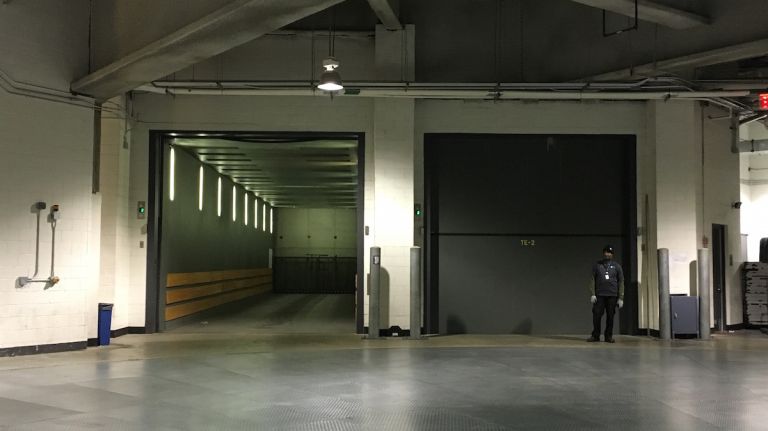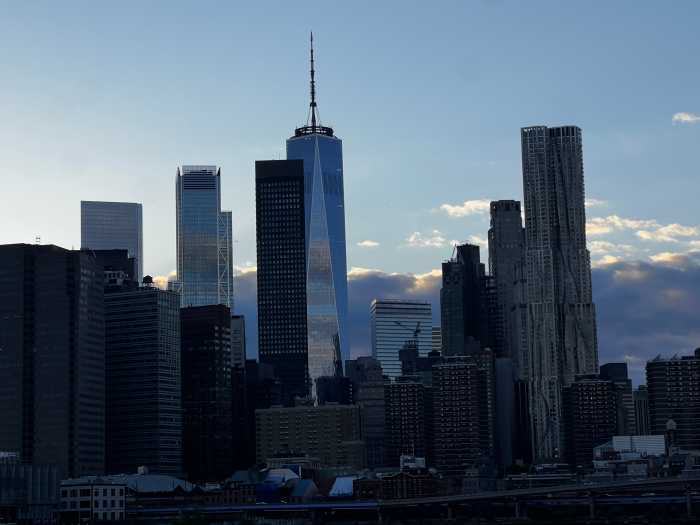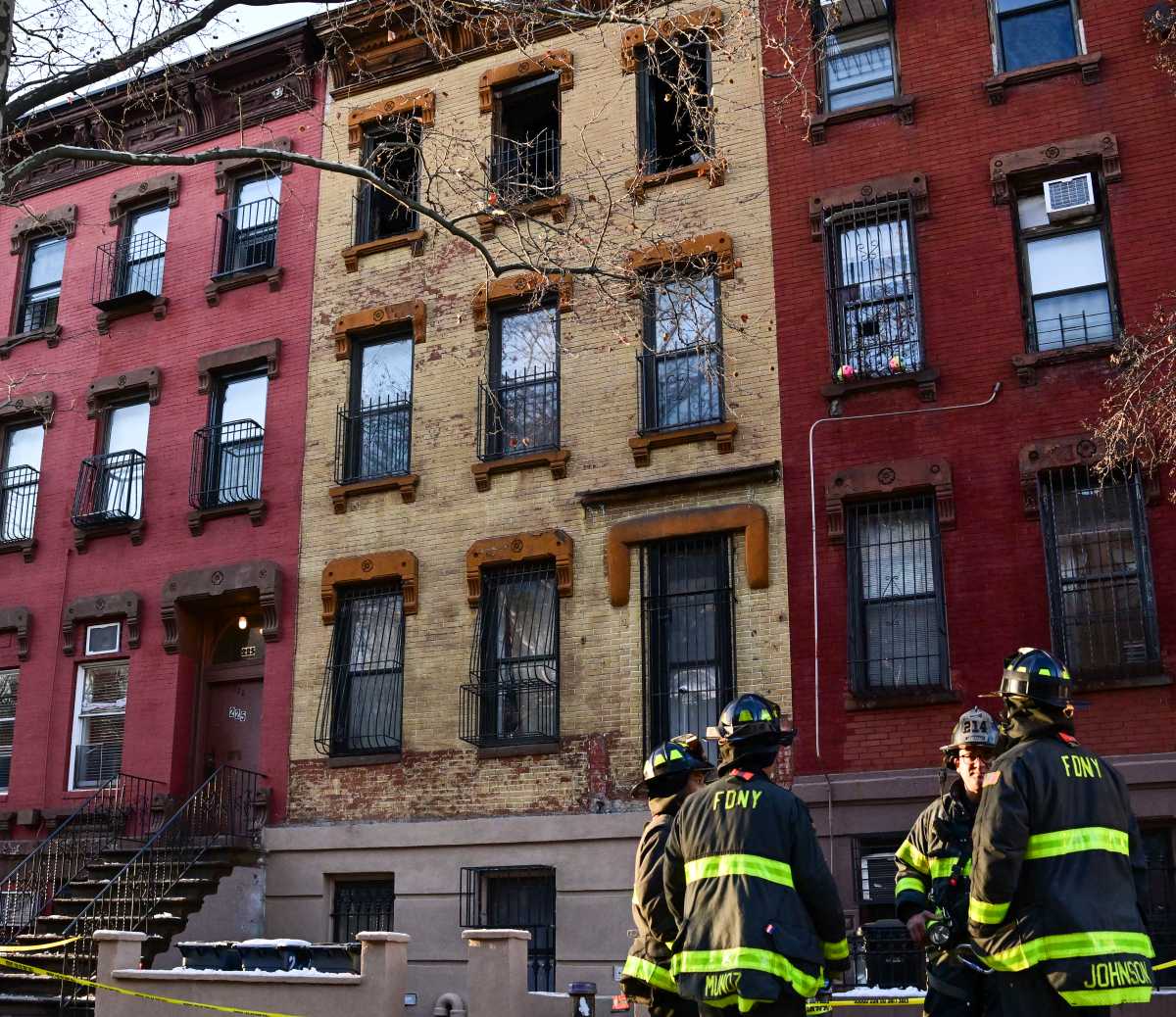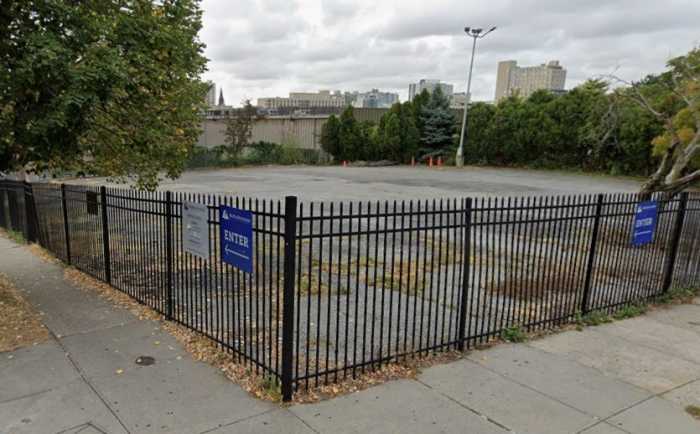 NBA and NHL players — in addition to VIPs and tour buses — arrive for games and practices via truck elevators. Each elevator is 80-feet long and can carry up to 80,000 pounds. That’s a lot of basketball players!
NBA and NHL players — in addition to VIPs and tour buses — arrive for games and practices via truck elevators. Each elevator is 80-feet long and can carry up to 80,000 pounds. That’s a lot of basketball players!
Nets players pull their cars up outside the arena, drive in, and then take the elevator down. This is the only building where a professional athlete enters like this, said Barclays Center general manager Steve Rosebrook.
Los Angeles Lakers All-Star Kobe Bryant called the arrival mode “a basketball version of Willy Wonka” on the Bleacher Report in 2013.
” class=”wp-image-111419585″/>NBA and NHL players — in addition to VIPs and tour buses — arrive for games and practices via truck elevators. Each elevator is 80-feet long and can carry up to 80,000 pounds. That’s a lot of basketball players!
Nets players pull their cars up outside the arena, drive in, and then take the elevator down. This is the only building where a professional athlete enters like this, said Barclays Center general manager Steve Rosebrook.
Los Angeles Lakers All-Star Kobe Bryant called the arrival mode “a basketball version of Willy Wonka” on the Bleacher Report in 2013.
Photo Credit: New York MetsMost people don’t think of elevators as something to necessarily fear. The technology has been around since the 19th century and few of us have direct experience with anything more dire than the inconvenience of a stopped elevator.
Yet, recent headlines point to a growing danger. On New Year’s Eve, Stephen Hewitt-Brown, 25, of the Bronx, died after an elevator failed in a building on the Lower East Side. He was crushed by a stalled lift after he helped a woman out of the elevator. In October, Eran Modan, 37, was crushed as he tried to escape a stalled elevator in Williamsburg. Complaints about elevators in both buildings had been filed with the city.
These tragic deaths underscore a serious but preventable problem. The city’s fire department reports a disturbing 160 percent rise in passengers needing rescue from failed elevators from 2009-14. In the fourth quarter of 2015 alone, there were three elevator passenger deaths in New York.
Taken together, such incidents foreshadow a threat to New Yorkers, as well as the scores of people who come to New York City for work or leisure.
There’s no reason for any of us to face this danger. A trained eye can see the technical failures underlying many elevator breakdowns far in advance — if a trained eye is present. But far too many elevator technicians are untrained and unlicensed simply because they are not required to be.
More than 30 states require education, training and a license to work on or maintain elevators. New York State has no such requirements — despite having more than 10 percent of the nation’s elevators.
That’s why state lawmakers should approve the Elevator Safety Act this session. The measure sets minimum training standards and a license requirement for all elevator mechanics.
While there are responsible contractors who educate and train their elevator mechanics, there also are contractors who do not participate in training programs. New York State needs the measure to remove a potential risk and give the public the safety and peace of mind it deserves.
Michael Balboni, a former New York State deputy secretary for public safety, is managing partner for Redland Strategies, a management consulting agency specializing in homeland security.





































